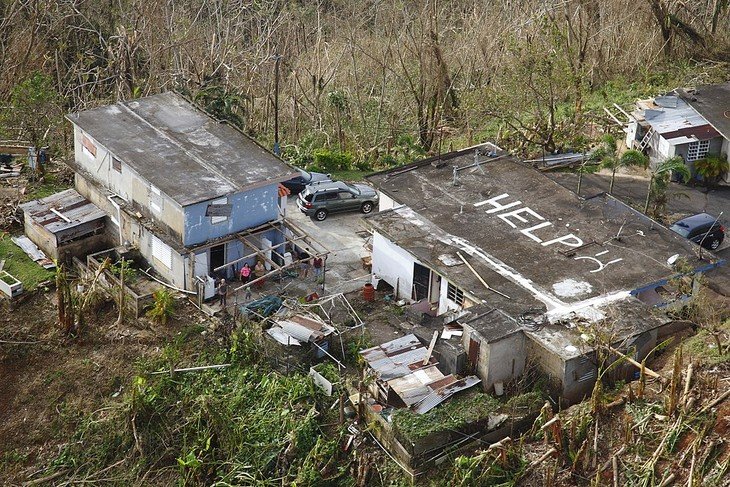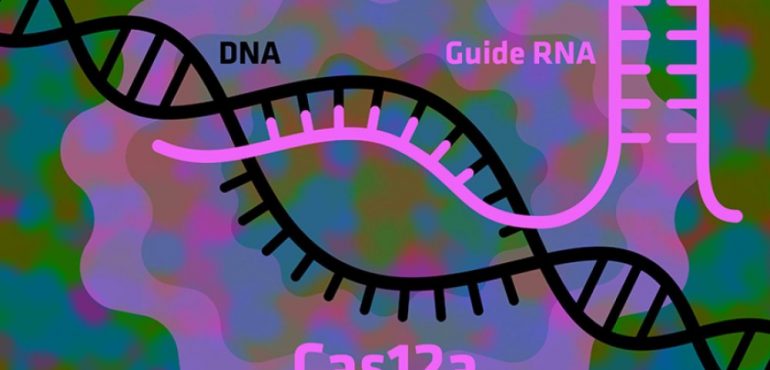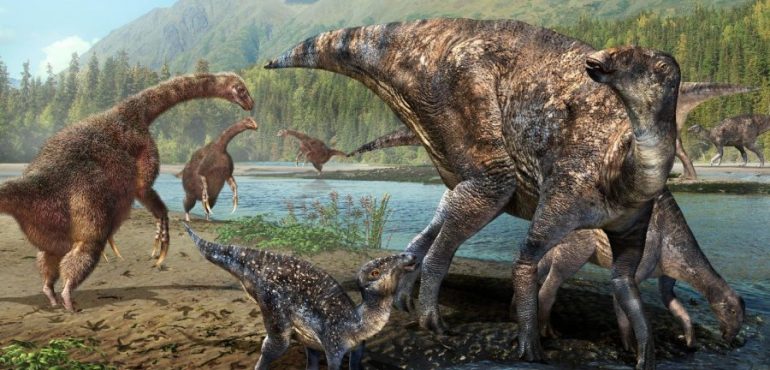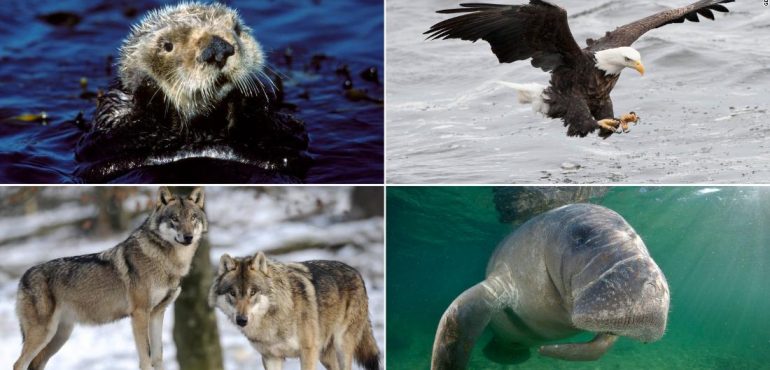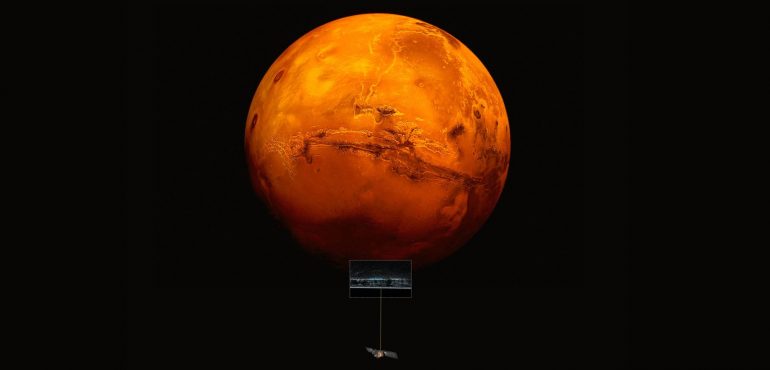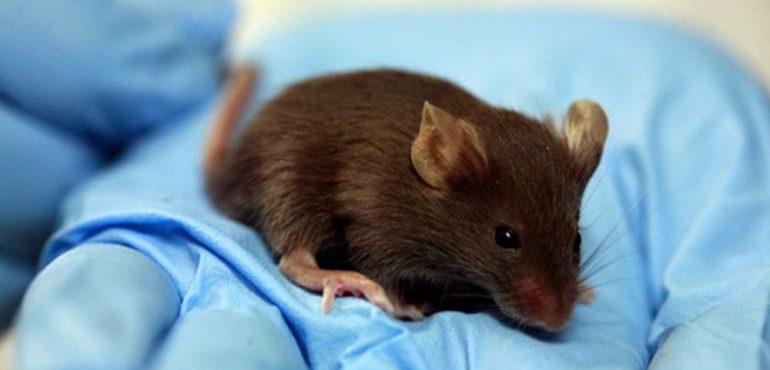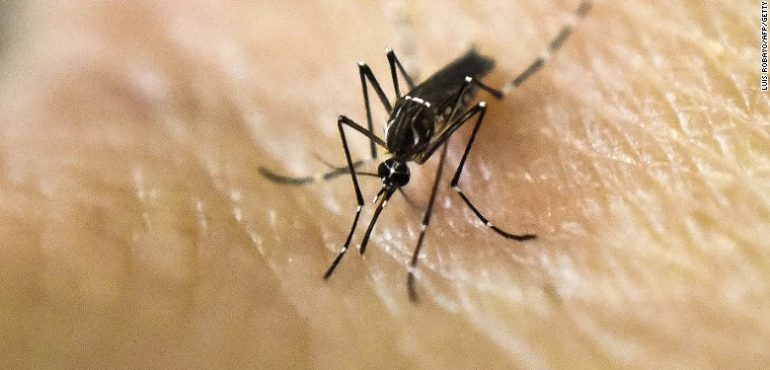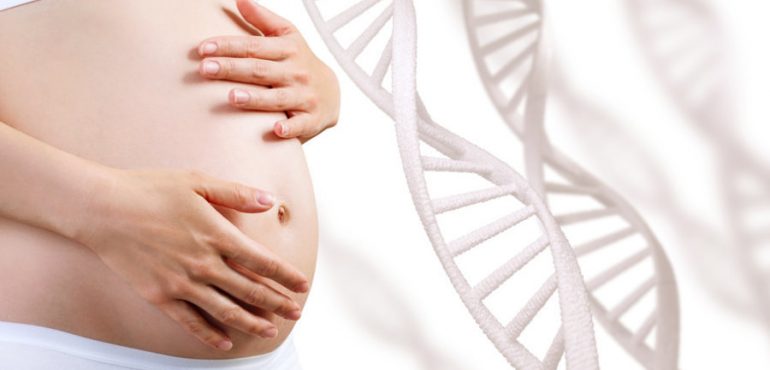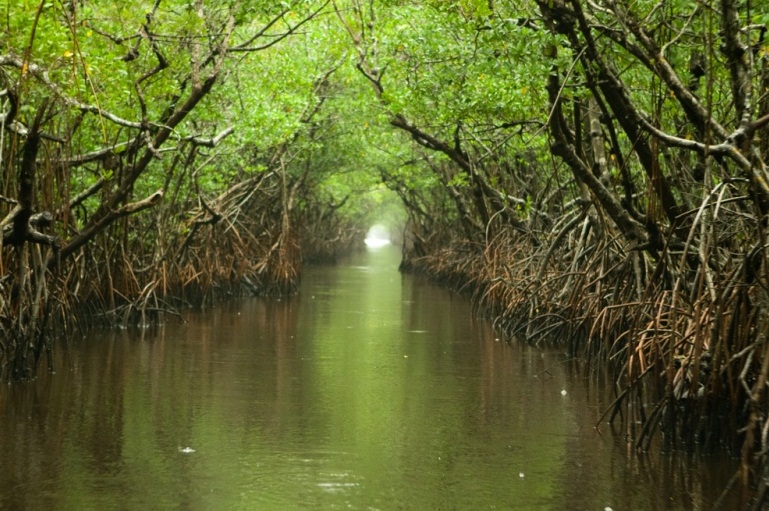The number of people who died as a result of Hurricane Maria -- which hit Puerto Rico on September 20, 2017 -- may be as high as 1,139, surpassing the official death count of 64, according to researchers. The researchers used official government records to calculate the number, which took into account not just those…
Read more
Death toll from Hurricane Maria estimated to be larger than previously thought
